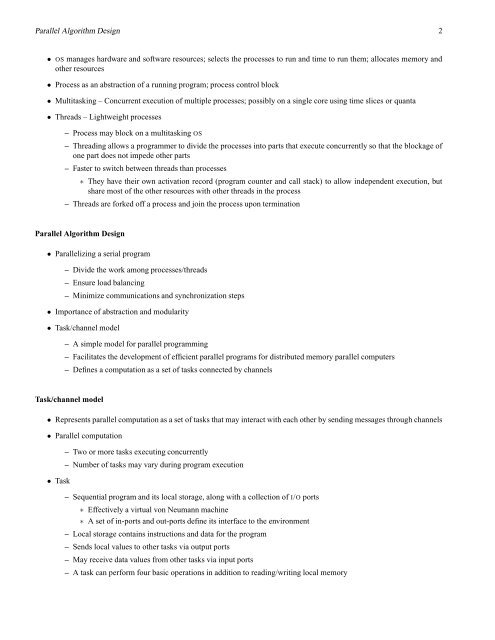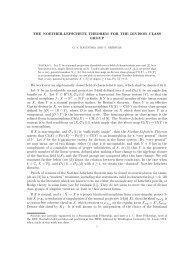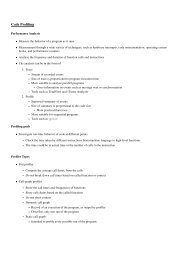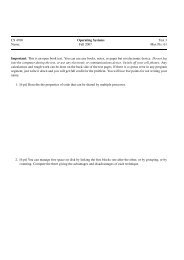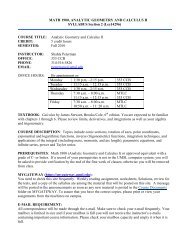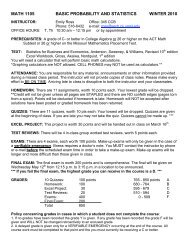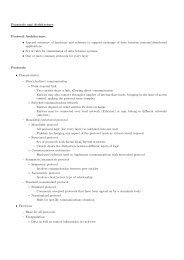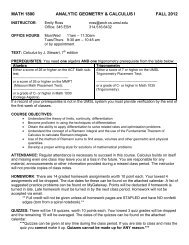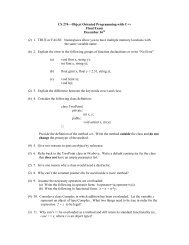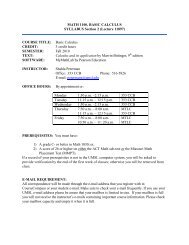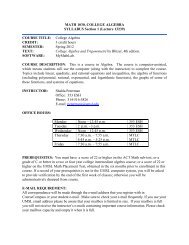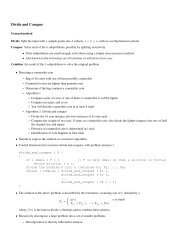Parallel Algorithm Design
Parallel Algorithm Design
Parallel Algorithm Design
Create successful ePaper yourself
Turn your PDF publications into a flip-book with our unique Google optimized e-Paper software.
<strong>Parallel</strong> <strong>Algorithm</strong> <strong>Design</strong> 2• OS manages hardware and software resources; selects the processes to run and time to run them; allocates memory andother resources• Process as an abstraction of a running program; process control block• Multitasking – Concurrent execution of multiple processes; possibly on a single core using time slices or quanta• Threads – Lightweight processes– Process may block on a multitasking OS– Threading allows a programmer to divide the processes into parts that execute concurrently so that the blockage ofone part does not impede other parts– Faster to switch between threads than processes∗ They have their own activation record (program counter and call stack) to allow independent execution, butshare most of the other resources with other threads in the process– Threads are forked off a process and join the process upon termination<strong>Parallel</strong> <strong>Algorithm</strong> <strong>Design</strong>• <strong>Parallel</strong>izing a serial program– Divide the work among processes/threads– Ensure load balancing– Minimize communications and synchronization steps• Importance of abstraction and modularity• Task/channel model– A simple model for parallel programming– Facilitates the development of efficient parallel programs for distributed memory parallel computers– Defines a computation as a set of tasks connected by channelsTask/channel model• Represents parallel computation as a set of tasks that may interact with each other by sending messages through channels• <strong>Parallel</strong> computation• Task– Two or more tasks executing concurrently– Number of tasks may vary during program execution– Sequential program and its local storage, along with a collection of I/O ports∗ Effectively a virtual von Neumann machine∗ A set of in-ports and out-ports define its interface to the environment– Local storage contains instructions and data for the program– Sends local values to other tasks via output ports– May receive data values from other tasks via input ports– A task can perform four basic operations in addition to reading/writing local memory


